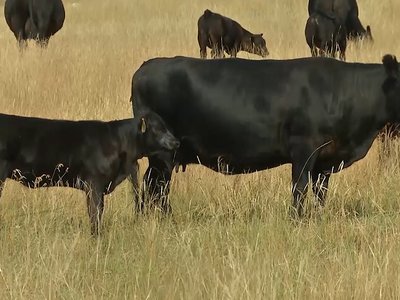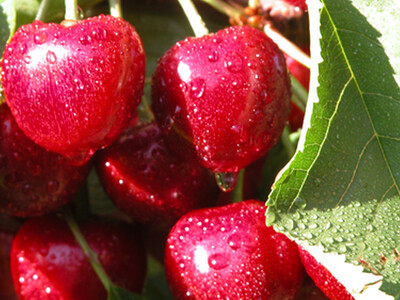Companion Planting
Ask any farmer or gardener and they’ll tell you even in the plant world their are friends and foes. It’s called companion planting and has been well known by anyone with a green thumb for centuries. Farmers often grow certain crops in close proximity because they know the two will benefit one another and increase productivity. For instance, corn and pole beans. The beans climb the cornstalks and fix nitrogen for the corn in return. Native Americans were practicing this form of companion planting well before anyone else arrived on the scene. Kitchen gardeners will often plant marigolds along their vegetable rows, as the scent of the pretty yellow headed flowers are particularly annoying to any number of garden pests, especially aphids and hornworms. One of my favorite companion plants is peppermint which deters cabbage moths, while attracting beneficial insects that chow on aphids, mites and other annoying pests. Plus it smells good! Scientists are still debating the validity of companion planting, but that doesn’t stop those of us who know it works, and works well. While they keep trying to prove or disprove its benefit, we’ll just keep right on planting.














